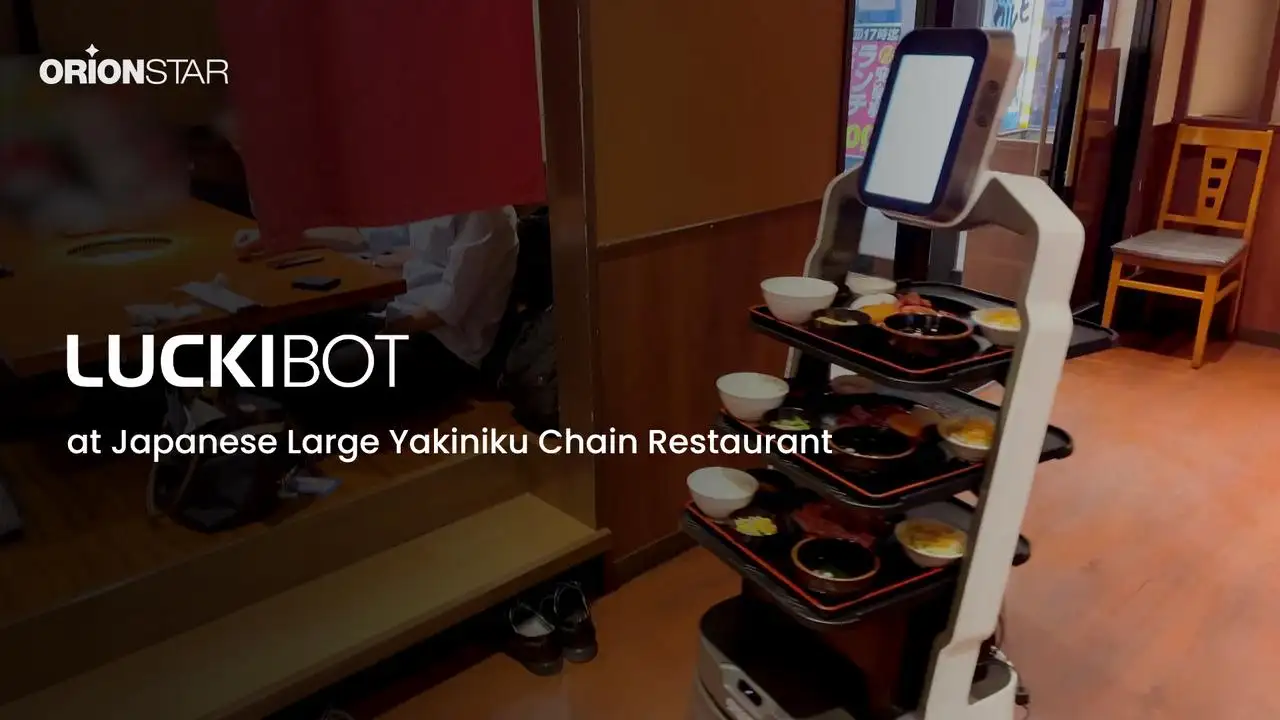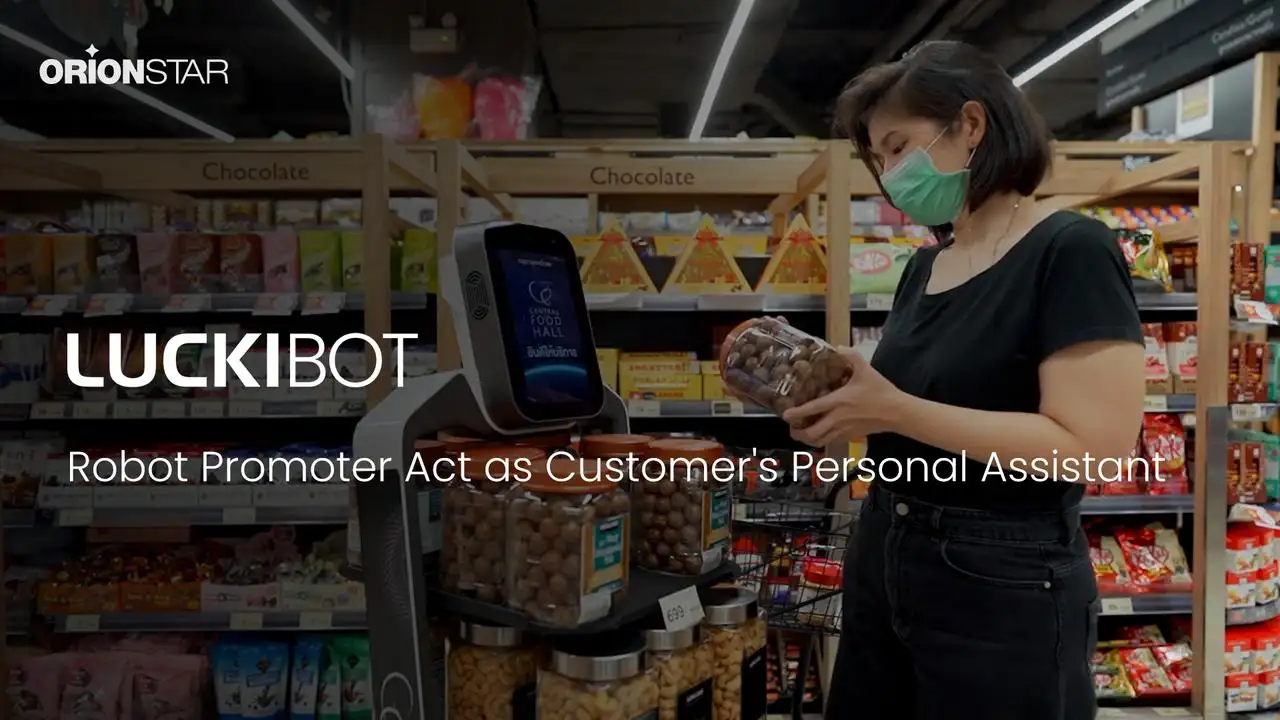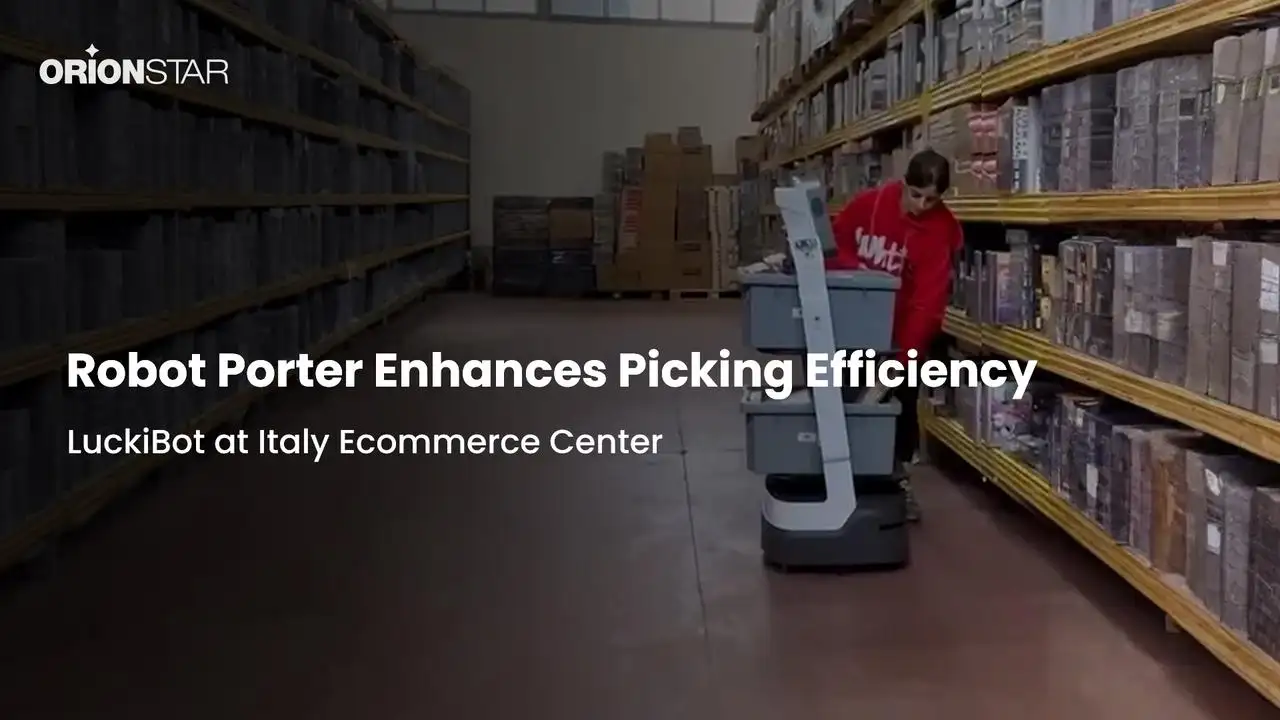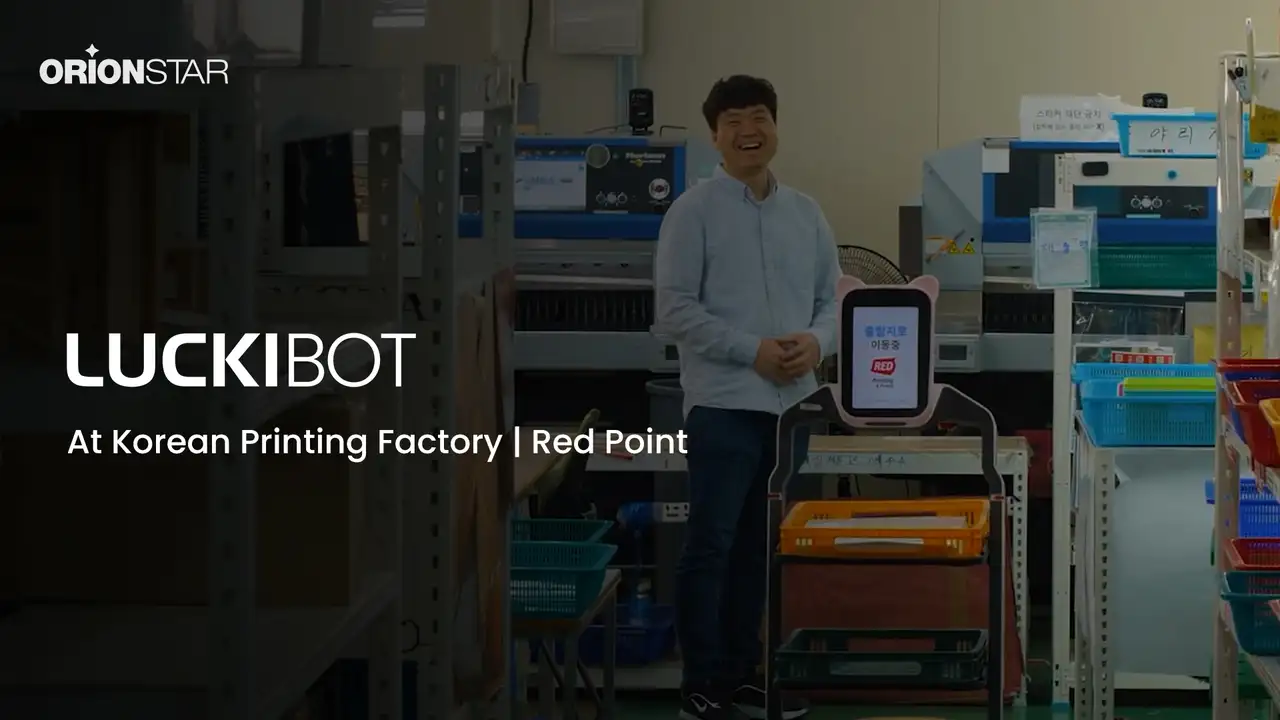
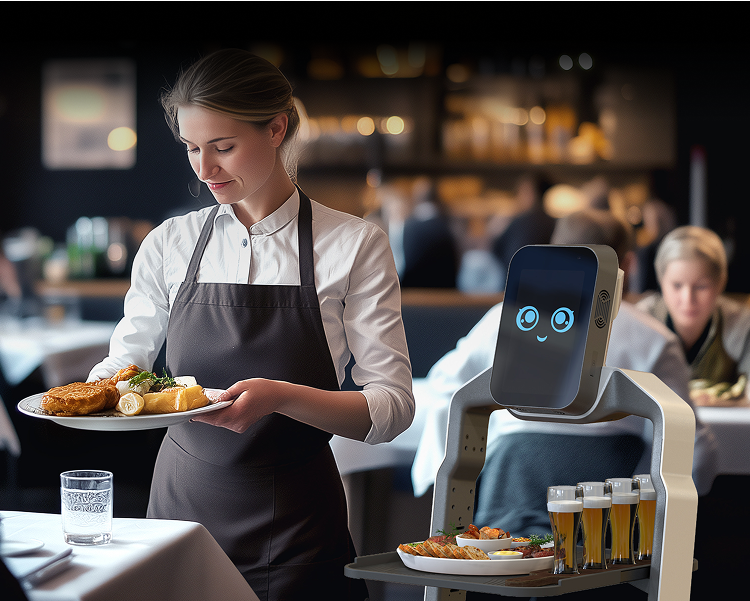
Robot Waiters in Restaurants: Benefits, Challenges, and Future Trends
Robot waiters are transforming restaurant service with faster food delivery and fewer errors. This guide explores how they work, their pros and cons, and whether they fit your business.
contact usWhat Is a Robot Waiter?
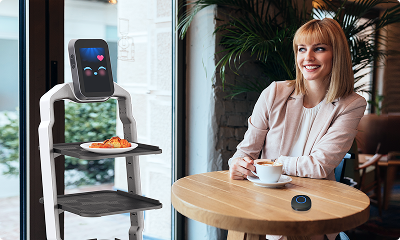
A robot waiter is an autonomous mobile robot designed to assist in restaurants by handling tasks such as delivering food, guiding guests, and table bussing assistance. Powered by AI, sensors, and navigation technology, these restaurant robots move smoothly through dining areas, avoiding obstacles and interacting with customers through touchscreens or voice recognition. OrionStar's restaurant robot waiters, like LuckiBot Pro, offer high delivery efficiency, precise navigation, and engaging features like HD displays and smart dish detection. While robot waiters aren't meant to replace human servers entirely, they're ideal for managing repetitive tasks, allowing staff to focus on personalized service. Moreover, modern robot waiter restaurants not only boost operational efficiency but also add a futuristic touch that appeals to tech-savvy diners. As robotics and AI continue to evolve, restaurants with robot waiters are becoming more and more popular, especially for fast-casual restaurants, hotels, and cafes.
How Do Robot Waiters Work?
Restaurant robot waiters rely on a combination of sensing and navigation technologies like LiDAR, depth cameras, and VSLAM to detect obstacles, map their surroundings, move seamlessly through restaurant spaces, and adjust their routes in real-time. Take the OrionStar AI delivery robot - LukiBot series as an example. Featuring a digital display and multi-layered trays, our user-friendly robot waiters offer multiple smart modes to ensure reliable and efficient restaurant services:
Delivery Mode:
Safely delivers meals while broadcasting promotional content.
Collection Mode:
Assists waitstaff in collecting used dishes and automatically returns them to the washing area.
Greeting Mode:
Welcomes guests at entry points with AI intelligent voice.
Guidance Mode:
Leads customers to their tables while playing background music or promotional ads.
Cruise Mode:
Distributes snacks or drinks along pre-set routes.
Robot Waiter Advantages & Disadvantages:
Robot waiters bring both opportunities and challenges to the restaurant industry. Below, we provide a comprehensive analysis of their advantages and drawbacks.
Robot Waiter Advantages
Increased Efficiency & Consistency
Robot waiters streamline restaurant operations by handling repetitive tasks with precision. Unlike human servers, they do not experience fatigue, distractions, or fluctuations in performance. They follow pre-programmed routes and instructions, ensuring timely food delivery and reducing errors. By automating service, restaurants can operate more smoothly, particularly during peak hours when efficiency is crucial. This consistency enhances overall customer satisfaction and helps businesses maintain high service standards.
Long-Term Cost Savings
While the initial investment in robot waiters can be high, they can significantly reduce labor costs over time. Robots do not require salaries, training, benefits, or paid time off, making them cost-effective. They also minimize human errors, such as incorrect orders and plates being broken in transit, which can lead to financial losses. By improving efficiency and reducing operational expenses, restaurants can achieve greater long-term profitability.
Enhanced Customer Experience
The presence of robot waiters adds a futuristic and unique element to dining, attracting tech-savvy customers and families. Many people enjoy the novelty of interacting with robotic servers, making their dining experience more memorable. In addition, robot waiters can provide faster service, reducing wait times and improving order accuracy. By integrating technology into the dining process, restaurants can enhance customer engagement and satisfaction.
Improved Hygiene & Safety
In an era where hygiene is a major concern, robot waiters offer a sanitary alternative to human servers. They reduce direct human contact with food, minimizing the risk of contamination. Additionally, they can be regularly sanitized and equipped with sealed food protectors, ensuring a safer dining environment. This is particularly valuable in the post-pandemic world, where cleanliness and safety remain top priorities for both customers and restaurant owners.
Robot Waiter Disadvantages
High Initial Costs
Robot waiters require a notable upfront investment, along with ongoing costs for integration, maintenance, and software updates. This can be challenging for smaller restaurants with tighter budgets. However, you can choose some robot waiters with leasing options, like OrionStar's restaurant robots.
Limited Human Touch
While efficient, robots lack the emotional intelligence of human staff. They can't handle special requests with empathy, or offer personalized service—elements that many diners value. However, the increasingly developed AI models may benefit restaurant robot waiters and make it more possible to provide personalized and customized services soon.
Technical Issues
Robot waiters, like any tech, can experience glitches, connectivity issues, or navigation errors. These disruptions may delay service and affect the dining experience. So it's important to choose reliable robot waiters and vendors to build a solid robot server restaurant, ensuring prompt maintenance and smooth operations during unexpected malfunctions.
Are Robot Waiters the Right Choice for You?
Robot waiters can be a game-changer, but only if they align with your restaurant's needs. Here are a few key considerations:
Staffing Needs:
If hiring and retaining staff is a challenge, robot waiters can ease the burden by handling repetitive tasks, allowing employees to focus on customer service.
Budget:
The upfront cost can be significant, but leasing options make robot waiters more accessible. Consider long-term savings in labor when evaluating ROI.
Customer Base:
Tech-savvy diners and families are often excited by robotic service. However, traditional guests may prefer the warmth of human interaction.
Space & Layout:
Ensure your robot waiter restaurant has enough space and a suitable layout for smooth robot navigation.
Restaurant Type:
Robot waiters work best in fast-paced, high-volume environments like buffets, hot pot restaurants, and casual dining chains. In fine dining, they may serve better as support rather than the main attraction.
Successful Cases
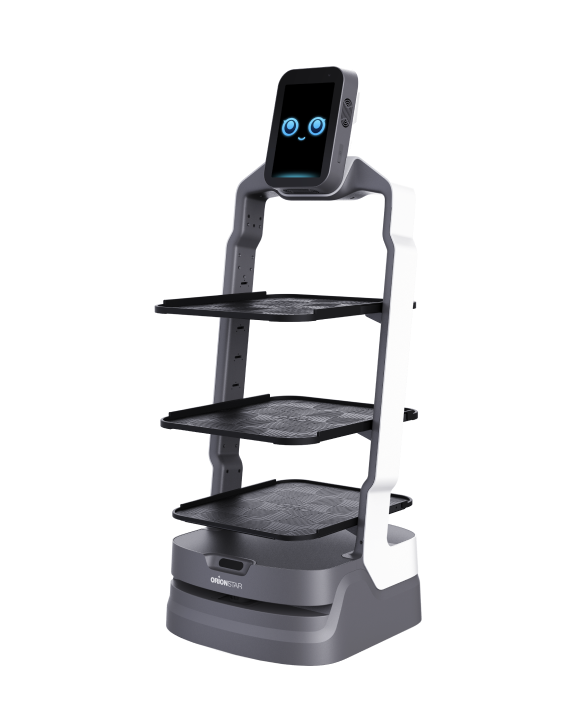
LuckiBot

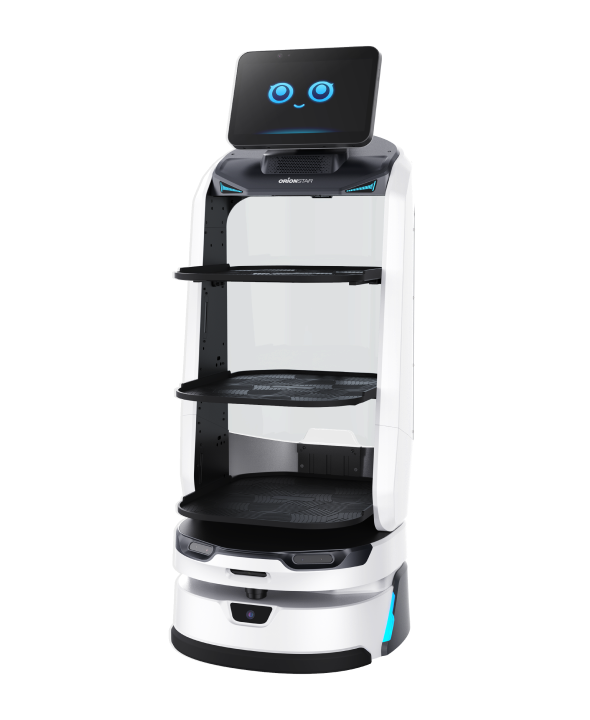
LuckiBot Pro

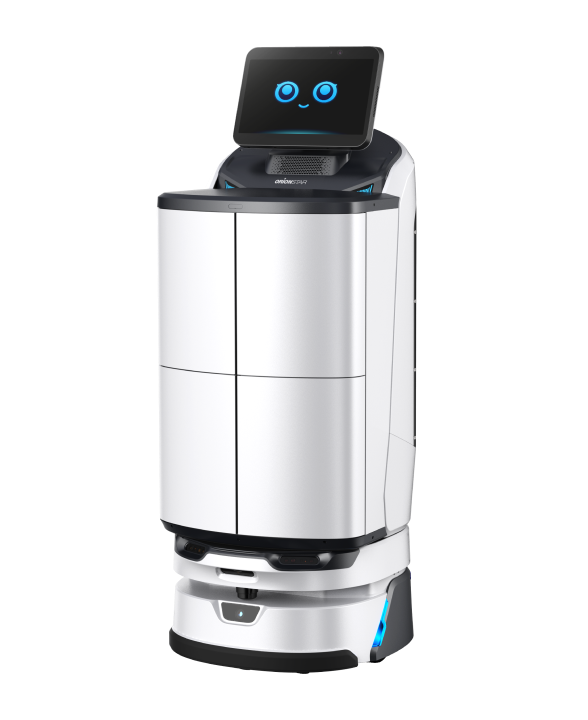
LuckiBot Pro Autodoor


LuckiBot

LuckiBot Pro

LuckiBot Pro Autodoor
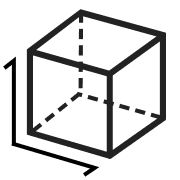
Overal Size

Overal Size

Overal Size

Net Weight

Net Weight

Net Weight

Loading Space

Loading Space

Loading Space

LuckiBot


LuckiBot Pro


LuckiBot Pro Autodoor


Overal Size

Overal Size

Overal Size

Net Weight

Net Weight

Net Weight

Loading Space

Loading Space

Loading Space
Are Robot Waiters the Future?
Robot waiters are quickly becoming more than just a novelity—they're shaping the future of the restaurant industry. Driven by labor shortages, rising operational costs, and growing demand for efficiency, more businesses are turning to automation. The global restaurant delivery robot market was valued at $13.9 billion in 2023 and is expected to reach $95.0 billion by 2032, with a CAGR of 23.84%. In the U.S., 34% of restaurants have already implemented AI technology, with nearly half planning to do so by 2025. As robots continue to improve functionality, navigation, and customer interaction, their role in restaurants is expanding. While they won't replace human servers entirely, robot waiters are poised to become essential tools for streamlining service, enhancing the dining experience, and helping restaurants thrive in a tech-driven future.
Conclusion
Overall, robot waiters are a rapidly growing reality in the restaurant industry. With clear advantages such as increased efficiency, cost savings, and enhanced hygiene, they offer compelling benefits for businesses looking to optimize their operations. These advantages are evident in delivery robots like the OrionStar LuckiBot and more series, which streamline service and enhance customer experience. By embracing this trend, restaurants can stay competitive, improve workflow, and cater to the growing demand for automation in dining. Ready to upgrade your restaurant with robot waiters? Contact OrionStar today for a customized solution.
Request DemoFAQ
Are Robot Waiters Worth It?
Robot waiters can be a worthwhile investment for many restaurants, particularly those facing labor shortages or high turnover rates. While the initial cost is significant, they offer long-term savings through reduced labor expenses and improved operational efficiency. Their ability to work tirelessly during peak hours and minimize order errors makes them valuable for busy establishments.
Can Robot Waiters Completely Replace Human Servers?
No. While robot waiters excel at repetitive tasks like food delivery and table bussing, they lack the emotional intelligence. Customers still expect personal interactions, problem-solving for special requests, and the warmth that only humans can provide. Robots are best used as supplements to human servers, handling routine tasks while staff focus on customer service and complex needs.
How Do Robot Waiters Improve Restaurant Efficiency?
Robot waiters boost efficiency by automating time-consuming tasks like food delivery and table navigation. They work non-stop without breaks, reducing wait times during busy periods. With precise programming, they minimize order mistakes and optimize route planning. This allows human staff to focus on higher-value tasks like customer engagement and order preparation, ultimately improving service speed and overall productivity.
How Do Robot Waiters Know Where to Go
Robot waiters use advanced navigation technologies like LiDAR, depth cameras, and VSLAM (Visual Simultaneous Localization and Mapping) to create real-time maps of their environment. They follow auto-route planning while dynamically avoiding obstacles and people. This smart navigation ensures accurate, collision-free movement throughout the restaurant space.
How much does a robot waiter cost?
The cost of a robot attendant generally depends on the model, features, and level of AI integration. Some advanced robots with interactive displays, voice recognition, and smart navigation can cost more. For businesses concerned about upfront investment, OrionStar offers leasing options, making it more affordable to adopt robotic attendant technology without having to pay a large upfront fee.
What restaurants have robot waiters?
Robot waiters are already being used in a variety of restaurants around the world, especially in hot pot chains, sushi bars, buffet restaurants, and fast-casual dining spots. In the U.S., brands like Chili’s and Haidilao have experimented with robotic servers. In Asia, robot waiters are a common sight in Japan, South Korea, and China. Many tech-forward restaurants now use them not only for efficiency but also to attract customers with a futuristic dining experience.
Where to buy or lease restaurant robot waiters?
You can apply for a demonstration on the OrionStar Robotics official website. Just submit a simple form and a professional salesperson or engineer will contact you to provide a detailed solution based on your specific needs.


